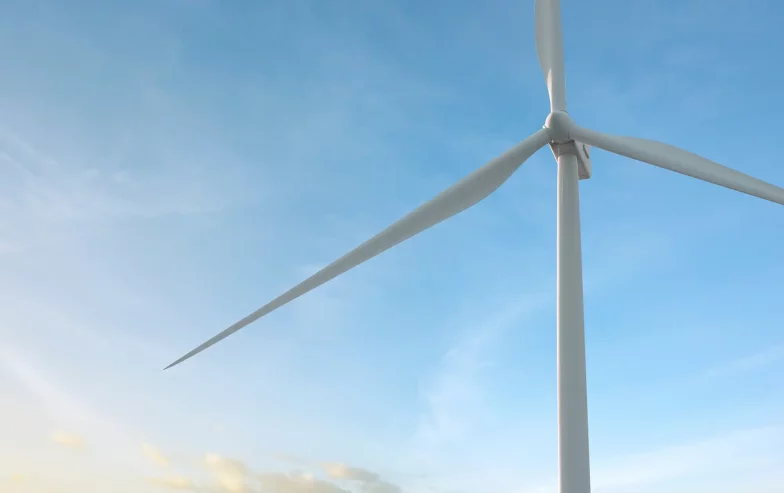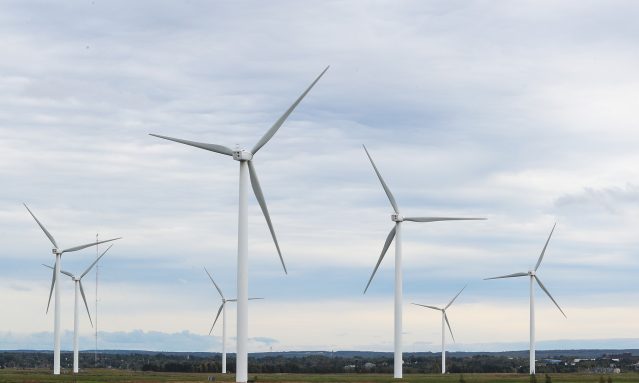Your questions, answered.
Do you have additional questions that are not addressed yet? Please fill out this form and it may be incorporated into future versions of this FAQ!

- Cost and price stability
- The economy
- Wind energy technology
- Health, homes and environment
- Community involvement
Cost and price stability
The economy
Wind energy technology
Health, homes and environment
Community involvement
Opportunity
Wind is a clean, safe source of energy with benefits for Nova Scotia’s communities, economy and environment.
See the benefits
About
Learn more about Net Zero Atlantic and how we’re supporting a carbon-neutral future for Atlantic Canada.
Who we are
Research
Looking to explore the data in depth? Find more information about key topics with our library of reports and articles.
Explore